Water heaters have become an indispensable part of every household. Gone are the days when people used to heat water on vessels and carry them to washrooms and kitchens. Modern geysers have made the task easier and faster. You can simply switch on your geyser water heater and get hot water straight from the tap. You can also choose from several types of water heaters to ensure convenience and ease of use in your day-to-day life.
Here are a few examples of water heaters that are commonly available in India, along with their advantages:
Tankless water heaters
Tankless water heaters use modern technology and can offer endless hot water. These water heaters do not have a tank to store hot water. Instead, they have super-heated coils to heat water quickly and deliver as per demand. That is why these water heaters are also known as on-demand water heaters.
Although a bit expensive, tankless water heaters are the best for any use. They can serve large families or industries where huge volumes of hot water are required on a daily basis. Moreover, tankless water heaters come in various shapes and sizes, and you can choose the one per your precise requirement. This makes them ideal for homes and offices as they can fit in any space and complement all kinds of décor. Moreover, these water heaters can run on electricity as well as LPG or natural gas.
Electric storage water heater
Storage water heaters are traditional and most commonly used heaters in India. These water heaters are equipped with a tank that stores heated water for a considerable period. Electric storage water heaters are ideal for homes as well as commercial places like hotels, hostels, etc., as they require low maintenance. However, you should note that storage water heaters are a bit heavy and may take some time to heat water.
Instant water heaters
Instant water heaters provide hot water within two minutes. These water heaters are a popular choice these days as they are energy-efficient, convenient, and hassle-free. They are very easy to install and do not occupy much space. That is why these geysers are perfectly suited for multi-point usage across kitchens, offices, restaurants, utility areas, etc.
However, instant water heaters are not suitable for bathrooms as they do not provide a large volume of hot water in one go because they do not have a tank to store hot water.
Conclusion
Remember to carefully analyse your requirement and preference before opting for a suitable water heater for your home or office. Also, make sure to pick a heater from a reputed brand to ensure on-time delivery and easy maintenance. A. O. Smith water heaters are equipped with modern technology and come with affordable price tags. You can browse through our range and choose a suitable water heater that is sure to last for years.


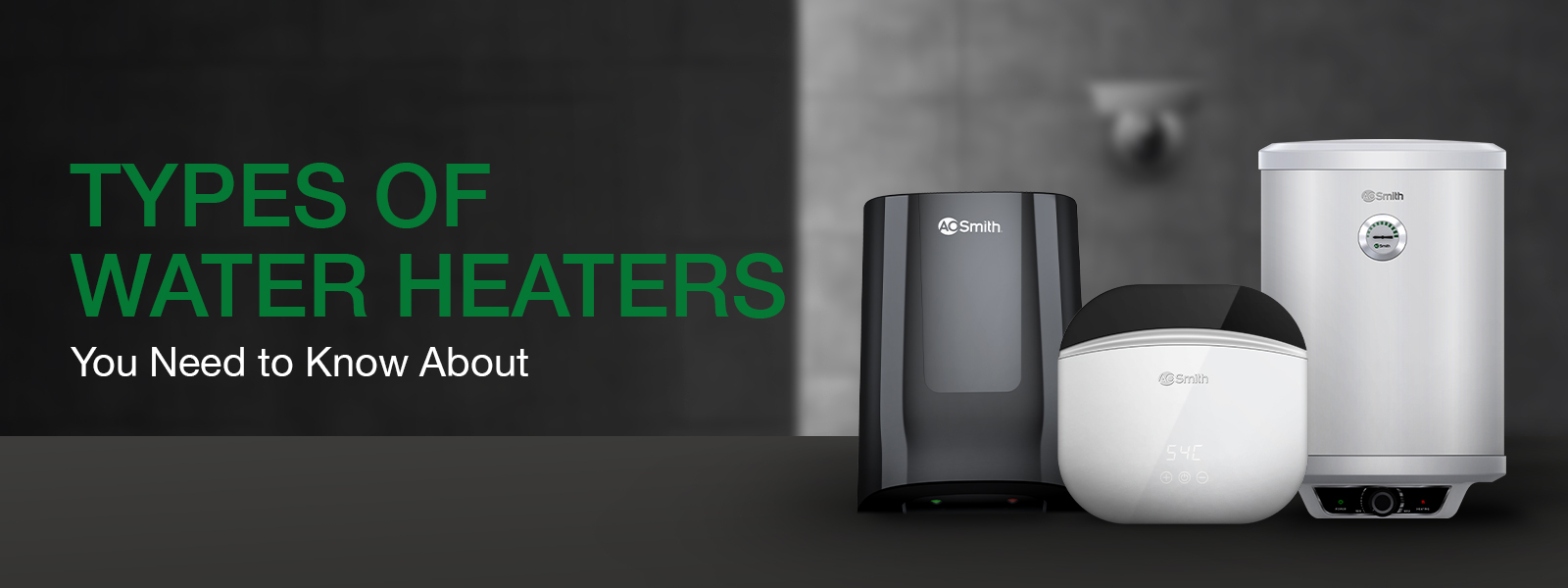
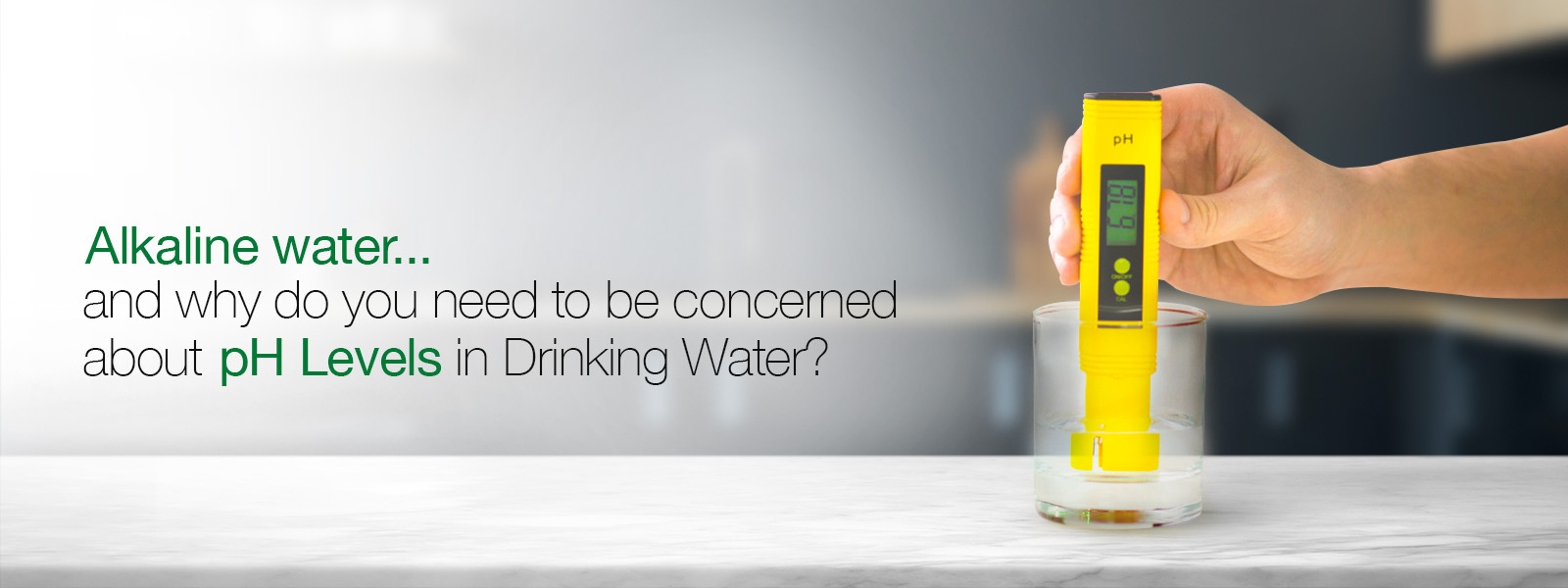
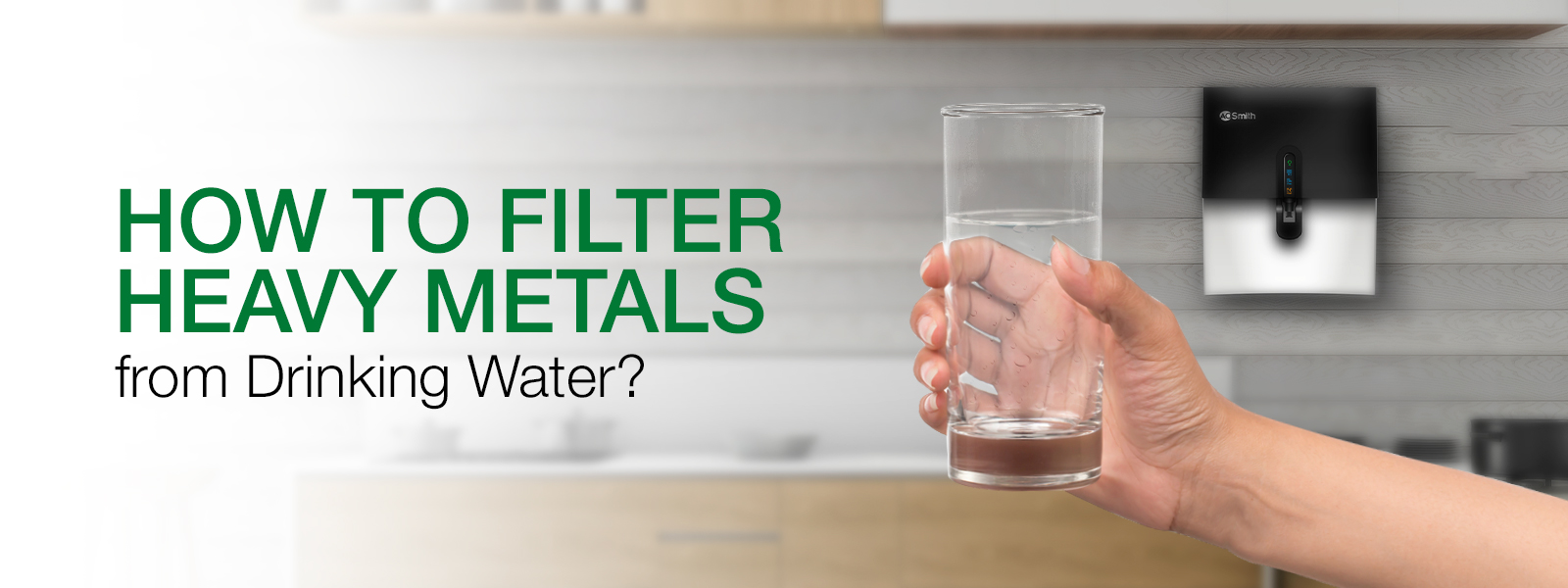
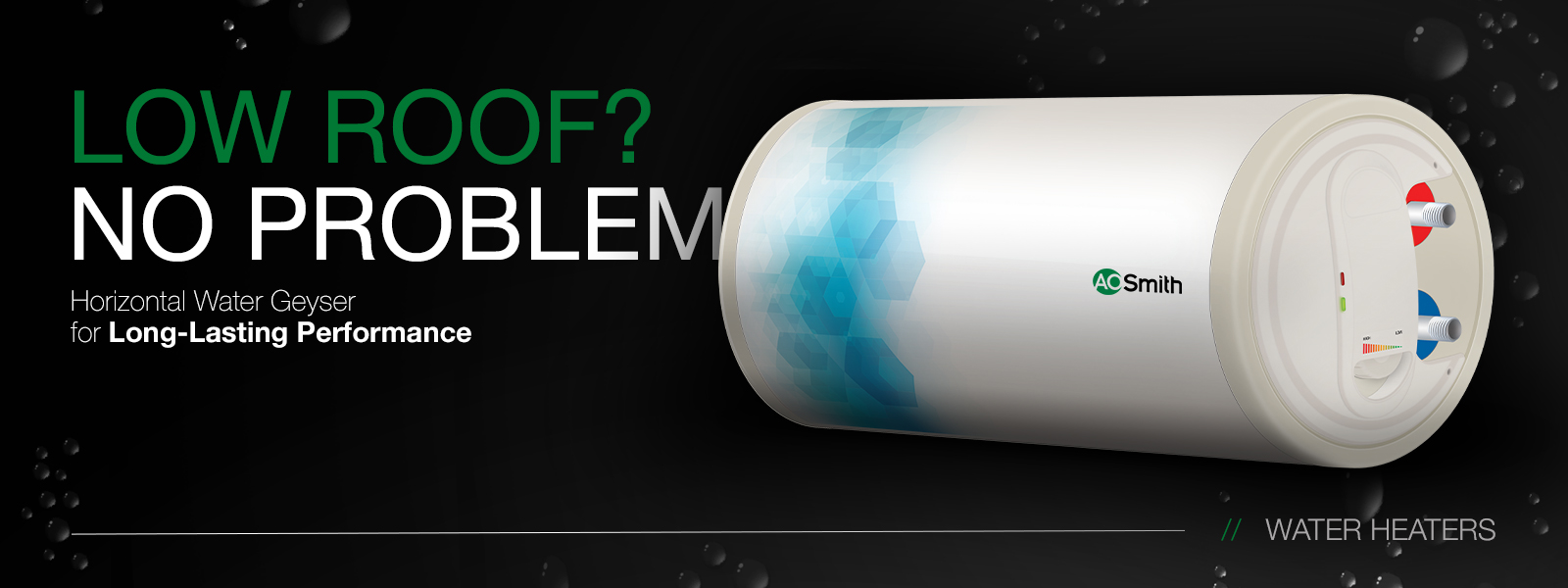
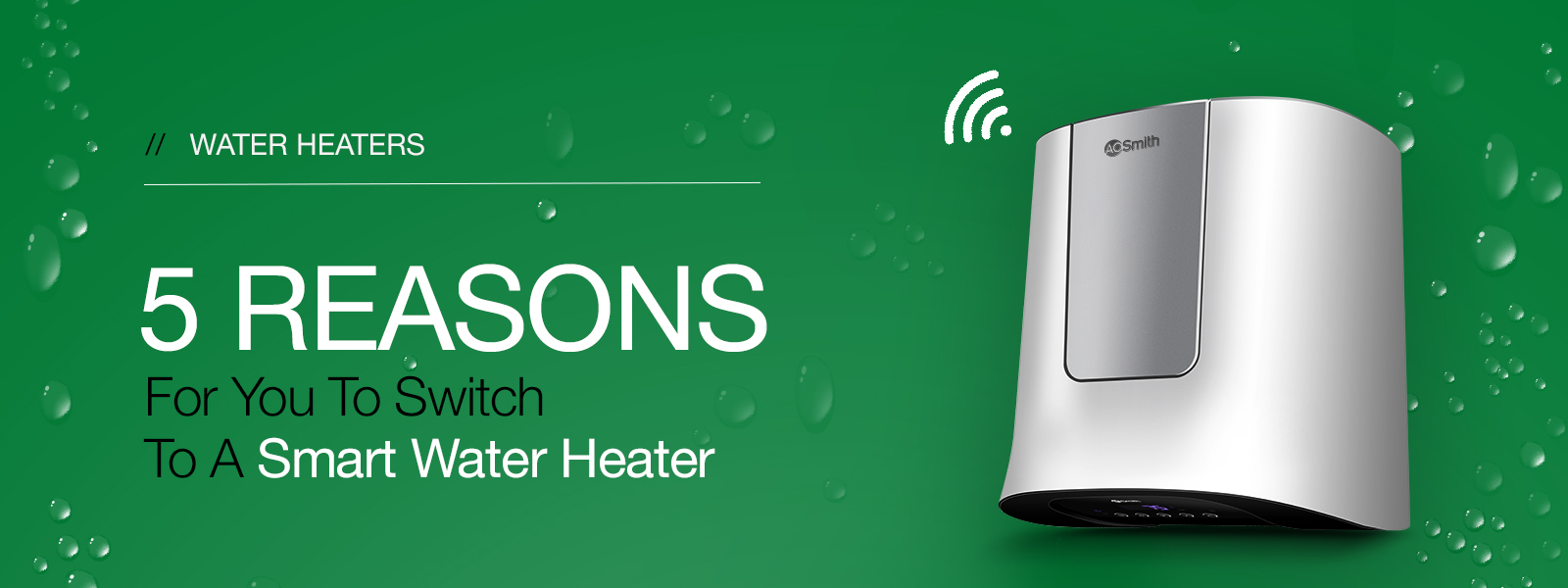
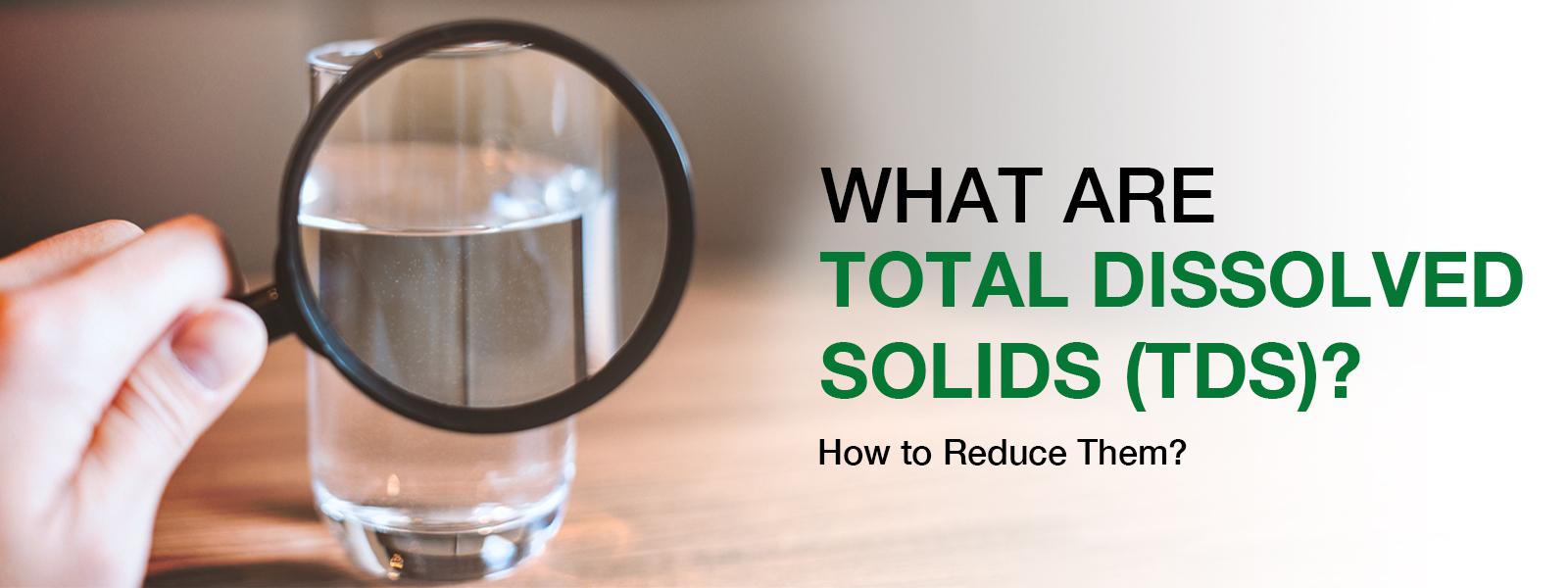
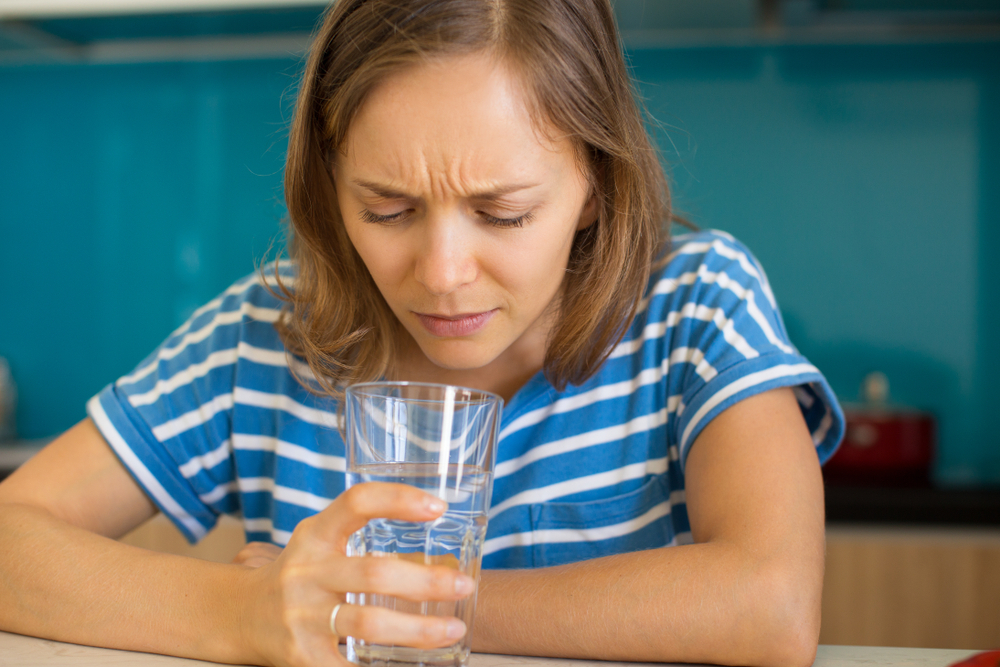
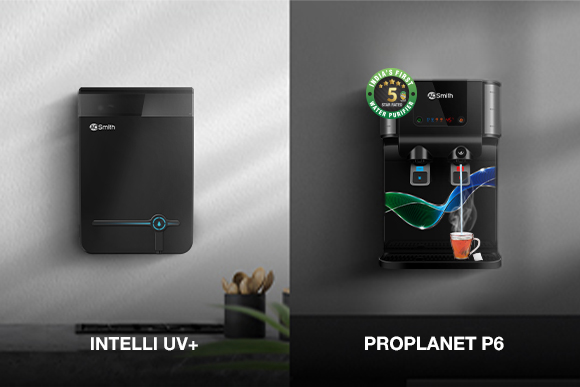
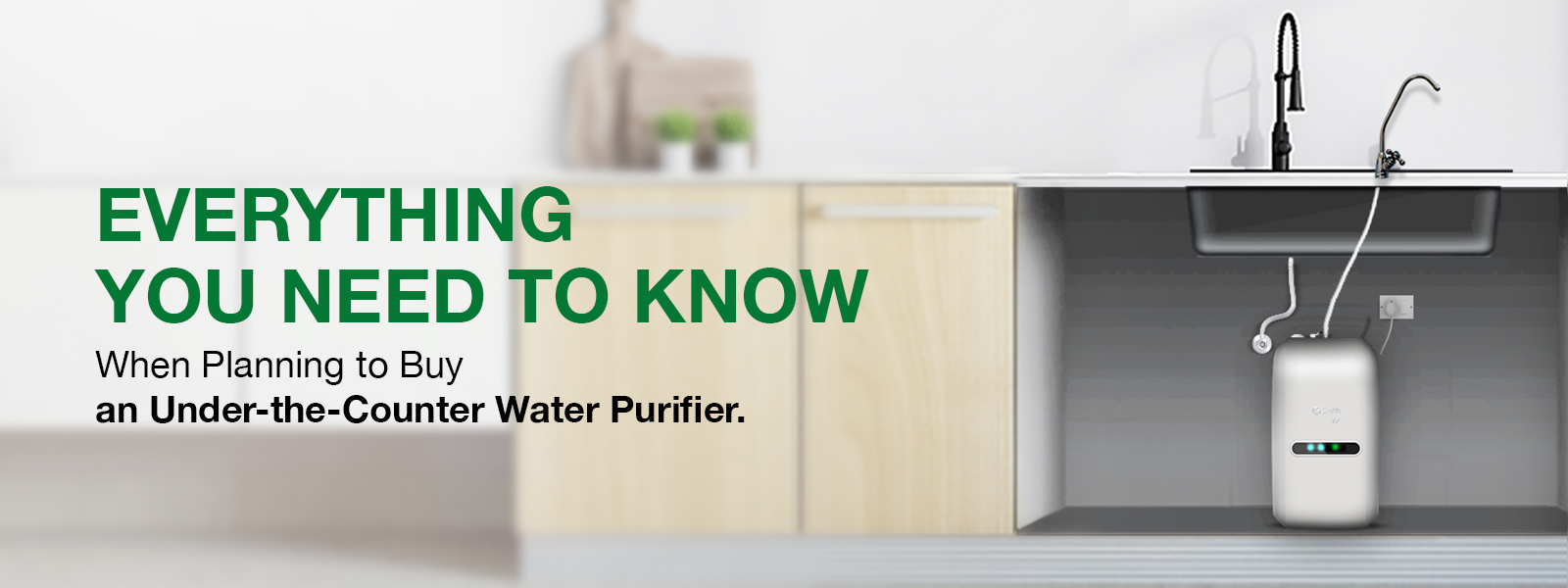
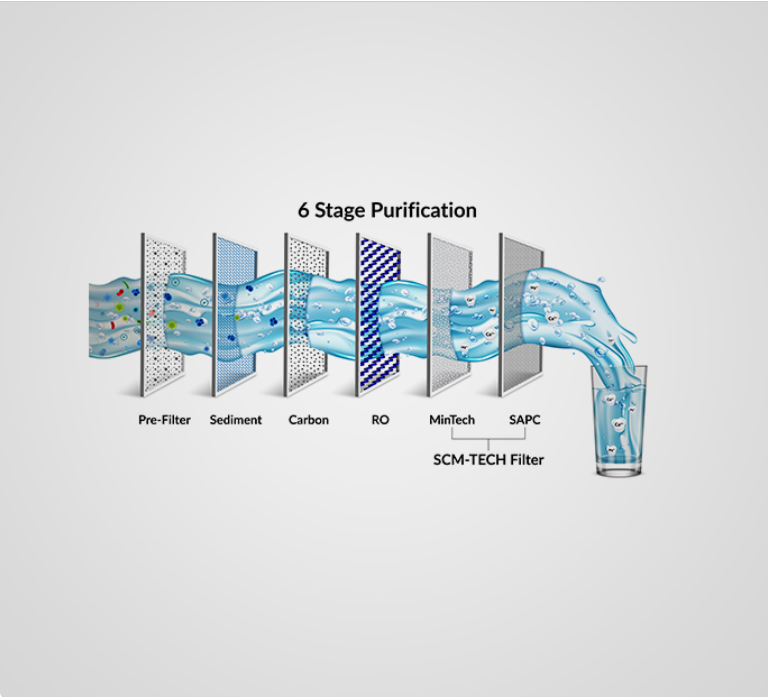
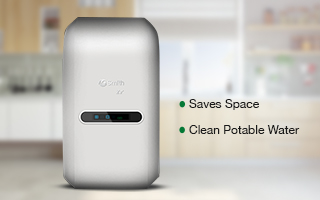
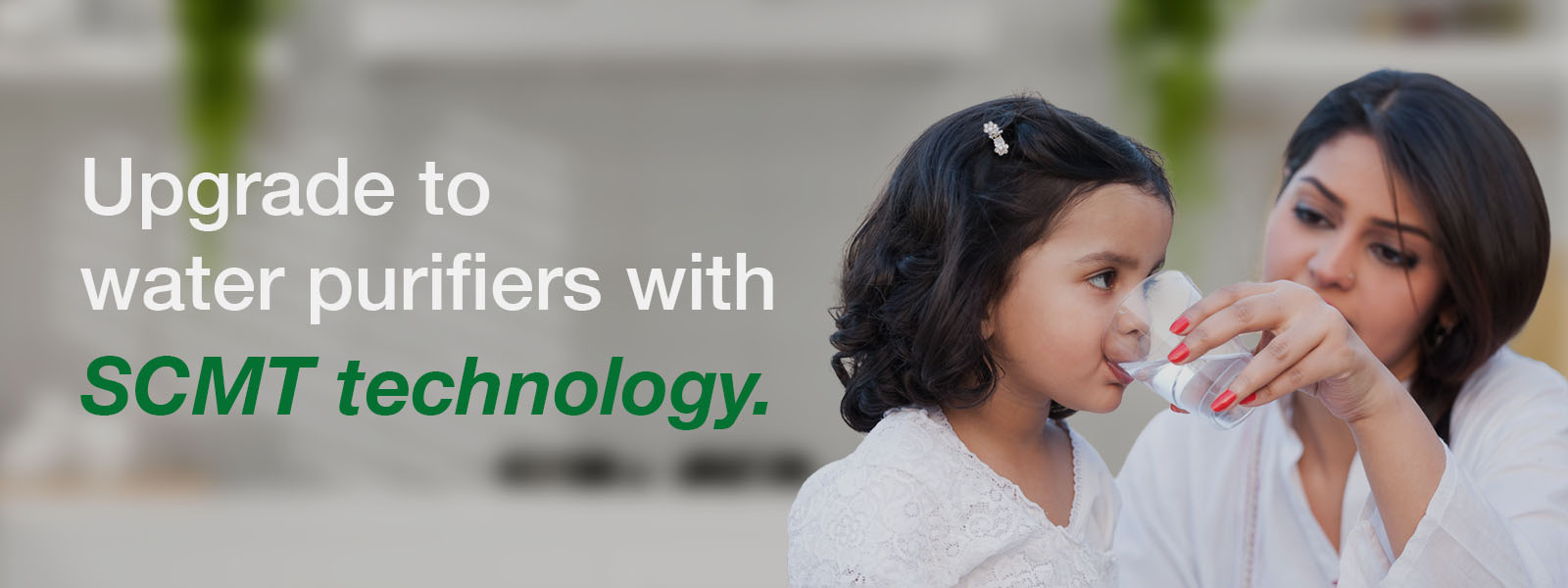




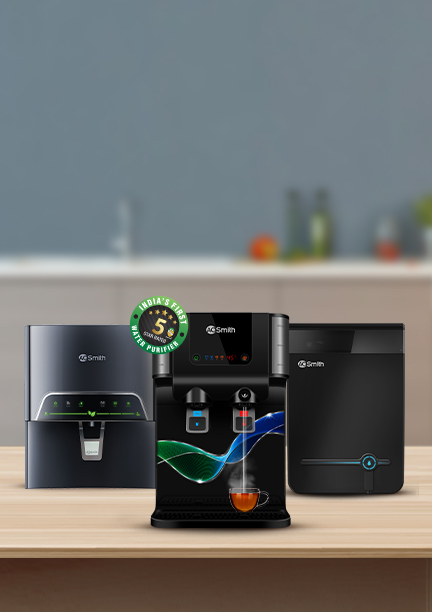

 Find the right product for you
Find the right product for you